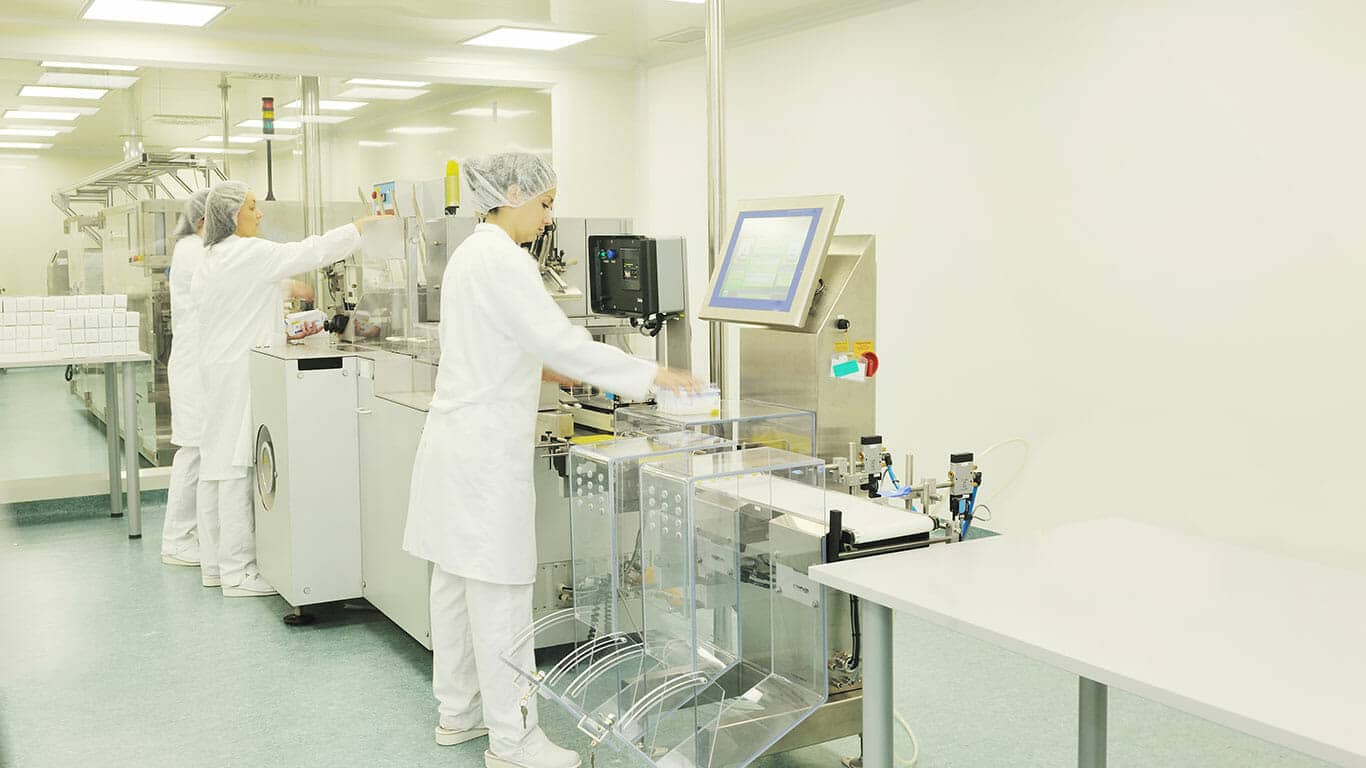Innovation is vital for advancing health care and improving patient outcomes. One way the government supports innovation in the health care industry is through research and development (R&D) tax credits. These credits reward companies for investing in innovative research by reducing their tax burden, thus freeing up more resources to devote to further R&D.

In this blog post, we'll explore how health care companies can make the most of R&D tax credits. We'll look at what qualifies for the credit, strategies to maximize the amount claimed and how to avoid common mistakes.
How R&D Drives Health Care Innovation
Research and development plays a vital role in health care innovation. It's the driving force behind new medical breakthroughs and treatments that improve patient outcomes. For example, focused R&D efforts enabled the unprecedented rapid development of COVID-19 vaccines, demonstrating how targeted research can lead to lifesaving solutions in record time.
Beyond vaccines, R&D also leads to cutting-edge medical devices, revolutionary diagnostic tests and advanced therapeutic protocols. The health care industry relies on continual innovation to better detect, treat and prevent illness and disease. Robust R&D pipelines ensure the next generation of innovations that will transform health care are always on the horizon.
Claiming the R&D Tax Credits in Health Care Industry
Taking full advantage of R&D tax credits for the health care industry involves several steps:
- Identify qualified activities: Determine which R&D projects meet eligibility criteria. This can be tricky, so guidance from a specialist is useful.
- Track time and expenses: Maintain detailed records of time, wages, supplies, contractor fees and other costs tied to qualified activities. Thorough documentation is key.
- Prepare documentation: Organize documentation of activities and expenses to support the credit claim. This includes project details, financial records and tax information.
- File form 6765: Claim the credit via IRS Form 6765 and include it with your tax return.
While this process can be complex, it's well worth the effort given the potential tax savings. However, to ensure accuracy and maximize your credits, it's often beneficial to work with a tax professional experienced in R&D tax credits.
Common Mistakes in Claiming Credits
Despite their potential benefits, many health care companies make costly mistakes when applying for R&D tax credits. Avoid leaving money on the table by steering clear of these common errors:
- Not realizing you qualify: The definition of R&D is broader than many assume. Consult a specialist to understand eligibility.
- Providing insufficient documentation: Thoroughly track project records, timesheets, expenses and financial data to prove activities meet requirements.
- Misunderstanding which activities qualify: Focus record-keeping efforts on elements like technological uncertainty and experimentation.
- Missing deadlines and losing out on opportunities: Engage experts to navigate complex rules and filing windows.
How ETS Can Help The Health Care Industry
With Engineered Tax Services as a strategic partner, health care innovators can realize the full financial benefits of their R&D. Our expertise helps clients navigate R&D tax credits to maximize tax savings, comply with IRS requirements and take full advantage of incentives aimed at fueling innovation.
By leveraging ETS’s specialty knowledge, health care companies can optimize savings and direct more resources toward developing the next medical breakthrough. R&D holds the key to health care’s future, and ETS helps unlock the door.
Key Takeaways
- R&D is the lifeblood of health care innovation, leading to improved treatments and technologies. R&D tax credits support these vital investments.
- Companies across the health care field conduct qualifying research and development that is eligible for substantial tax credits.
- Realizing the full benefits of R&D tax credits requires identifying activities, tracking expenses, maintaining thorough documentation and properly filing claims.
- Navigating the complexities of R&D tax credits is easier with the guidance of specialists like ETS.
- Partnering with ETS allows companies to optimize tax incentives so they can continue pushing health care forward.
We invite you to reach out to us today to learn more about how we can assist your health care company in claiming and maximizing R&D tax credits.



